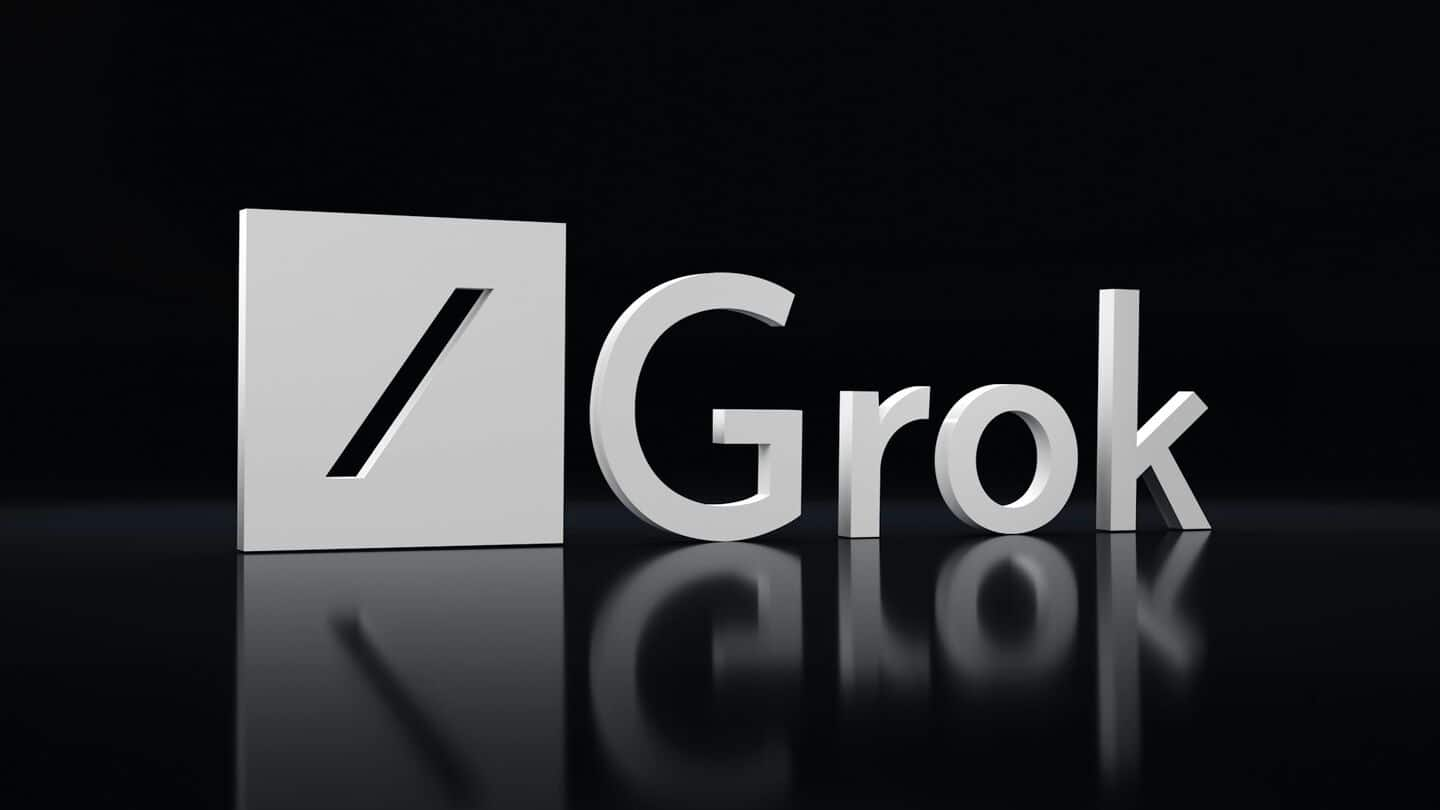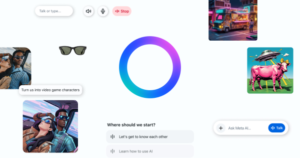Grok by Musk Introduces Personalized Responses Tailored to Previous Conversations

Elon Musk’s xAI and the New Grok Memory Feature
Introduction to xAI and Grok
Elon Musk, the well-known entrepreneur behind companies like Tesla and SpaceX, has ventured into the field of artificial intelligence (AI) with his latest project, xAI. This initiative aims to develop advanced AI technologies that can compete with leading players in the industry. One of the exciting features of xAI’s chatbot, Grok, is its new memory capability.
What is the Grok Memory Feature?
The memory feature is designed to enhance the user experience by allowing Grok to retain information from past interactions. Unlike traditional chatbots, which typically treat each conversation as a standalone event, Grok can remember user preferences, interests, and previously discussed topics. This means that over time, the chatbot can tailor its responses and suggestions to better align with what the user likes or needs.
Key Benefits of the Memory Function
Personalized Interactions: Grok’s ability to remember user information enables it to engage in more personalized conversations. For instance, if a user frequently asks about tech news, Grok can proactively share updates related to technology.
Enhanced Recommendations: By recalling preferences, Grok can suggest content, products, or services that are more relevant to the individual user, creating a smoother and more enjoyable experience.
- Continuous Learning: The memory feature allows Grok to evolve with the user. It can adapt its responses based on the interactions it has had previously, leading to more meaningful exchanges.
How Grok Stacks Up Against Competitors
Grok’s memory function is a strategic move to compete with other dominant AI chatbots in the market, notably OpenAI’s ChatGPT and Google’s Gemini. Both of these platforms are recognized for their sophisticated language processing capabilities, but Grok’s memory feature sets it apart in terms of user engagement.
Comparison with ChatGPT and Gemini
ChatGPT: Known for generating high-quality responses, ChatGPT lacks the ability to remember past conversations. This means that users must continuously provide context in each new interaction.
- Google’s Gemini: While Gemini also offers advanced interaction capabilities, it does not incorporate a persistent memory function to personalize responses based on previous conversations.
The Technology Behind Grok’s Memory
The memory feature leverages advanced machine learning techniques. By utilizing a model that can store and recall user data securely, Grok aims to deliver relevant experiences without compromising privacy. This approach addresses a crucial concern in AI development: the balance between personalization and user data security.
Data Privacy Considerations
Users can rest assured that Grok prioritizes their privacy. The data it remembers is stored in a manner that aligns with best practices for data security. Additionally, users should have control over what Grok remembers; they can choose to delete specific memories or clear all saved information at any time.
Conclusion
Elon Musk’s xAI has made significant strides with Grok, introducing features that could redefine user interaction with chatbots. The memory function—designed for personalization and enhanced recommendations—places Grok in a strong position within the competitive landscape of AI chatbots. By focusing on user experience and data privacy, xAI showcases a thoughtful approach to the future of conversational AI.






